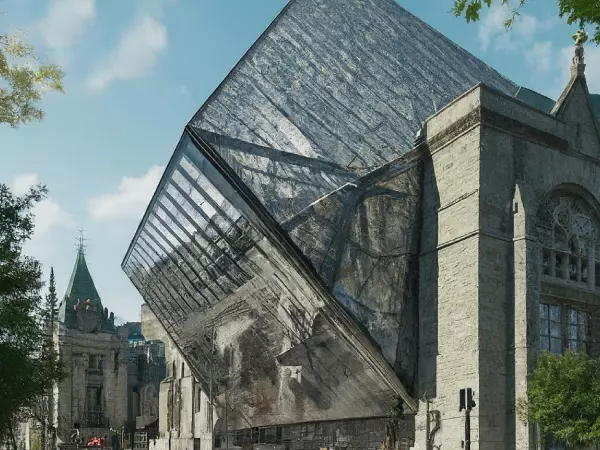
Kindly use Firefox or Google Chrome or Edge.

Kindly use Firefox or Google Chrome or Edge.
Historic buildings are more than remnants of a bygone era—they are tangible links to the stories, traditions, and artistry that define our cultural identity. These structures symbolize architectural innovation and social evolution, offering a window into the lives and values of past generations. Preserving them is not just about safeguarding bricks and mortar; it’s about protecting the essence of a community’s character and pride.
The Value of Historic Buildings
Historic buildings are a cornerstone of a city’s identity, each telling a unique story through the design trends, materials, and values of the era in which they were built. They provide a tangible connection to the past, offering an experience of history that textbooks cannot replicate. These structures are not just history—they are integral to cultural and economic vitality.
Restoration and Adaptive Reuse
Preserving historic buildings can follow two main paths: restoration and adaptive reuse. Restoration aims to return a building to its original condition, preserving its authentic charm. Adaptive reuse, on the other hand, breathes new life into old structures by repurposing them for modern needs. This approach not only safeguards historic elements but also promotes sustainability by minimizing the demand for new construction materials.
Development Around Historic Sites
Building around historic landmarks requires a thoughtful balance to preserve their unique character. Cities like Paris and London exemplify how height restrictions and smart design can protect iconic views while harmonizing new developments with historic surroundings. Careful urban planning around these sites ensures that heritage and modern functionality coexist, creating spaces that honor the past while embracing the future.

Increasing Community Awareness Through Education and Technology
Engaging communities in preserving historic buildings begins with raising awareness. Educational programs, creative social media campaigns, and immersive technologies like virtual tours help individuals connect with their heritage and understand its significance. AI and digital tools play a crucial role in documenting and showcasing historic sites, inspiring public interest and support for their conservation.
Preserving historic buildings is not just about protecting the past—it’s about safeguarding cultural identity, fostering economic opportunities, and promoting sustainability. By maintaining these structures, cities create a legacy that enriches the lives of current residents while enhancing the urban environment for future generations. Coldwell Banker Commercial Advantage is here to guide you in exploring new techniques and trends in architecture.